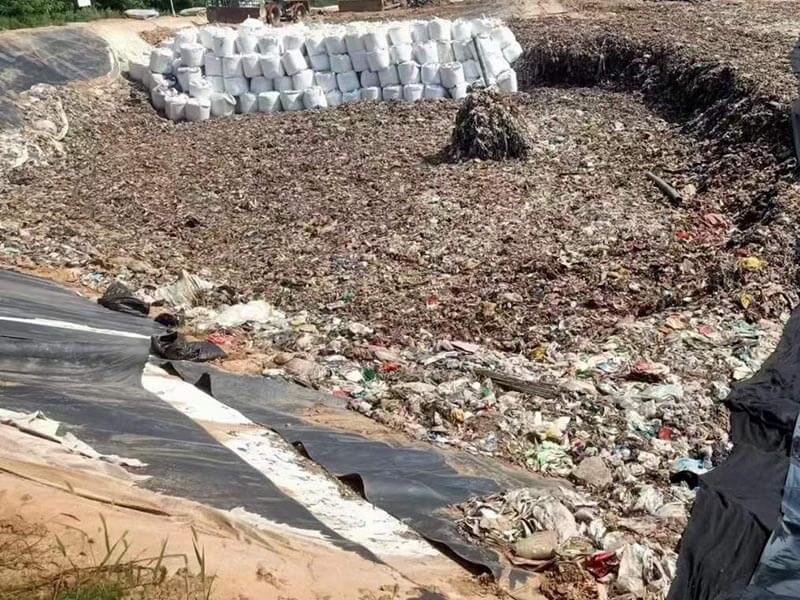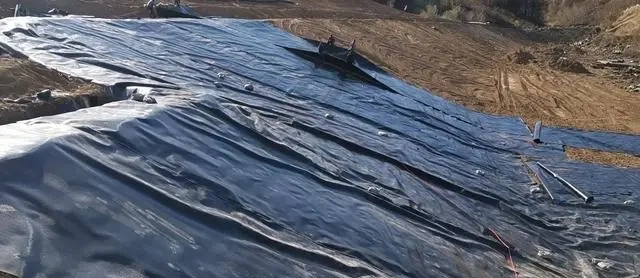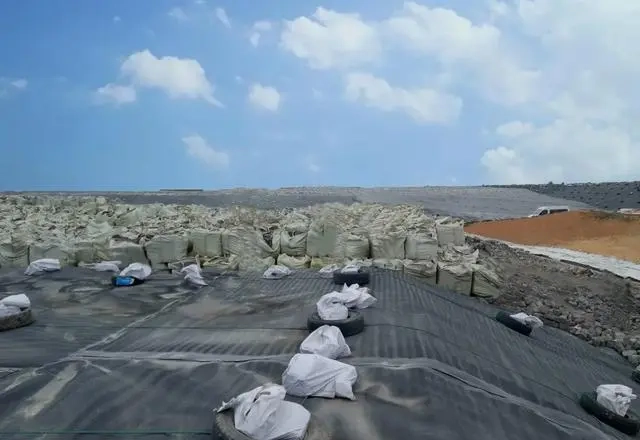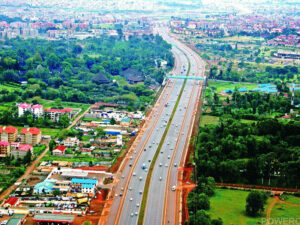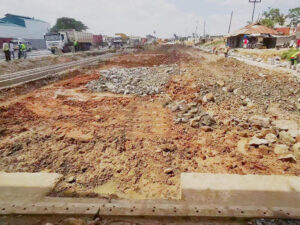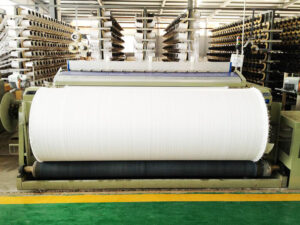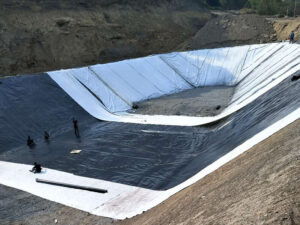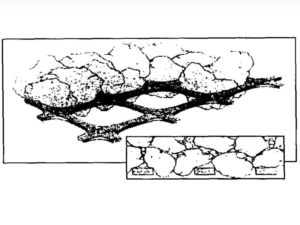The project involves the accumulation of solid waste, particularly smelting residues, generated annually by a large-scale mining enterprise. Due to the lack of any environmental protection measures at the deposition site, the waste residue heaps contain significant amounts of heavy metals such as lead, zinc, cadmium, and germanium. This has resulted in substantial pollution of groundwater and downstream soil and water environments.
Project Overview
In the 1960s, numerous mining enterprises operated in this mineral-rich region, engaging in mining and smelting activities. Over the years, the accumulation of solid waste, particularly smelting residues, occurred, and in conjunction with the disposal of some domestic and construction waste from residents, it gradually formed a waste residue landfill with a volume of approximately 2.9 million cubic meters.
Based on the geological composition of the site, the distribution of water layers and impermeable layers, burial characteristics, and permeability were examined in layers to determine the degree of pollution. The pollution depth and range were delineated, revealing the presence of a stable impermeable layer at a burial depth of approximately 15m to 25m.
Due to historical conditions, no environmental protection and impermeable measures were implemented during the waste residue stacking process. The heavy metals present in the waste residues, including lead, zinc, cadmium, and germanium, have caused pollution to the local groundwater.
Furthermore, the pollution source has spread downstream through the groundwater and surface water runoff in the area, resulting in varying degrees of pollution to the downstream soil and water environment.
Solution
The project employed mechanical excavation to create trenches with a width of 60cm. A flexible vertical impermeable system was established by vertically laying 3mm smooth-faced HDPE geomembrane in the trenches.
The total system area is approximately 19,000㎡, with approximately 6800m of connection locks, 3600m of rubber water stops, and a maximum trench depth exceeding 30m.
The overall permeability coefficient is less than 10^-8 cm/s, effectively blocking and controlling pollutants such as Pb and Zn.
At the bottom of the project, a special sealant was used to organically connect the HDPE geomembrane vertical impermeable wall and the impermeable layer.
Through project implementation, shallow groundwater contaminated by the waste residue heap was collected and extracted for treatment. The results indicate a significant reduction in characteristic pollutant levels downstream of the waste heap, demonstrating effective impermeability.
Conclusion
This project employed a comprehensive remediation strategy, encompassing the capture of groundwater, the establishment of a vertical impermeable barrier to isolate pollution sources, and the closure and ecological restoration of the site, all aimed at achieving the goal of reducing environmental pollution.
Throughout the entire process, the flexible vertical wall technology of the HDPE geomembrane played a crucial role.

